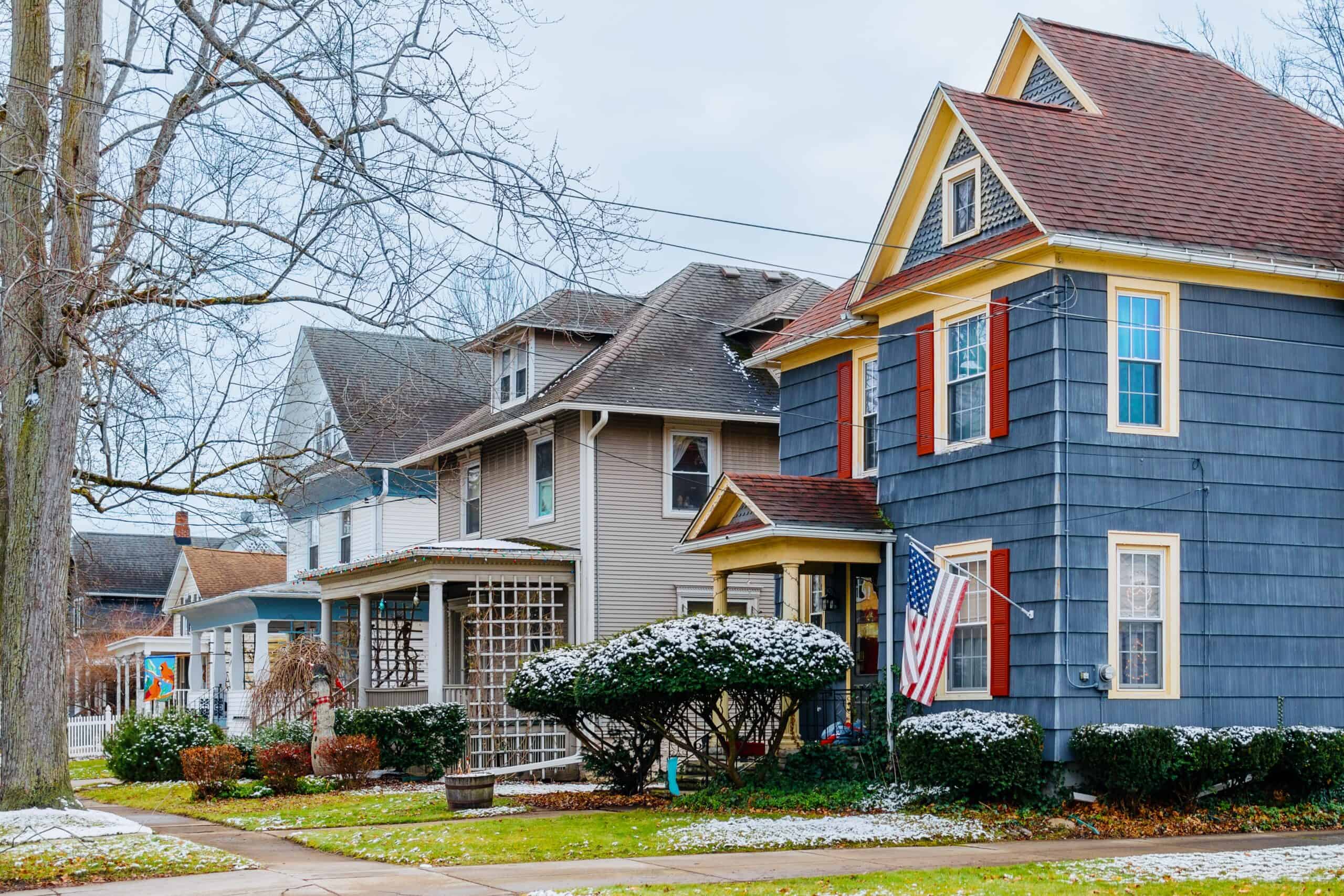
Approaching 2008, the U.S. began its most recent housing crisis. Home values were highly inflated, demand was stagnant, and supply increased. A perfect storm of conditions led to an artificial bubble bound to burst, and it did. The subsequent decade proved to be unstable for our housing market. Since our recovery from the economic hurdles of the pandemic, however, we find ourselves past that housing bubble and heading towards a healthy market halfway through 2024. Below, we’ve outlined the 3 top reasons we are past the housing bubble.
1. Limited Housing Supply

In the years that led up to 2008, supply fell but suddenly rose again as new building projects hit cities.
One significant difference from the 2008 recession is that today’s market has a limited housing supply. In 2008, a massive oversupply led to collapse; in 2024, a limited supply provided stability and less risk.
Why is the supply so limited? The (hopefully temporary) hold on new development projects and construction work thrown off course by the pandemic, along with recent jitters around building projects due to such short-sighted goals, have only further highlighted the strength in this crucial housing market.
Second, many cities and counties passed strict zoning laws and commercial regulations during 2020, further constricting supply through the next few years. On the other hand, with the low supply, we also see a demographic shift in our largest working population, the millennials, entering the housing market and driving demand. This inverse graph keeps our market balanced.
2. Strong Housing Demand

The 2008 housing crisis was caused by artificial demand for housing.
At that time, speculative forces drove prices through the roof in 2008, but these days, they reflect solid economic fundamentals and demographic trends. A healthy job market and low unemployment mean more people can buy homes. With the pandemic altering lifestyle habits, people moved out of cities, and homebuyers flocked to suburbs looking for more square footage, which likely helped increase overall demand in a constrained market.
The largest living generation, millennials, are now poised to enter their peak home-buying years. With low(ish) mortgage rates, more new buyers were able to enter the market. Today’s buyers are not like those of the past; they are driven by actual interest and commitment to future planning.
3. Stable Equity Gains

False housing demand led to a crisis in home loans and an inverse trend in equity in 2008.
Unlike the last recession, there is no rampant investor speculation behind today’s price surge. A robust job market and high employment push more people into the ownership bracket. Post-pandemic, people fled cities for additional square footage in the suburbs or just homes of their own – and that competition helped bump up overall demand on top of the constraints.
Millennials, the largest living generation, will also enter their peak homebuying years. With low mortgage rates, more new home buyers could enter the market. Today’s buyers are not like those of the past; they are driven by actual demand and purchase for future planning.
Still paying high rents and wondering why? See where you stack up in the Top 15 Cities With The Highest Rent in the U.S.
Conclusion
In conclusion, the tight supply, high demand, and steady equity gains remind us that today’s housing market looks much different than before 2008. It’s predicted we will be tied to restricted supply to help keep an even housing market into the near future. Highly cautioned lending practices and incremental increases in property values will help homeowners maintain security through equity gains, stifling the chances of market vulnerability.
These are all excellent signs of a standard real estate cycle, and this is great news for investors—it brings in a better-quality market with consistent performance and less risk of sudden downturns. If you want to invest confidently and soundly, today’s housing market is ripe for smart and savvy players.
Looking to invest in real estate? With an extensive referral network and a privatized central office, First Team | CalRes Homes can help you source your next property investment.
It’s Your Money, Your Future—Own It (sponsor)
Retirement can be daunting, but it doesn’t need to be.
Imagine having an expert in your corner to help you with your financial goals. Someone to help you determine if you’re ahead, behind, or right on track. With SmartAsset, that’s not just a dream—it’s reality. This free tool connects you with pre-screened financial advisors who work in your best interests. It’s quick, it’s easy, so take the leap today and start planning smarter!
Don’t waste another minute; get started right here and help your retirement dreams become a retirement reality.
Thank you for reading! Have some feedback for us?
Contact the 24/7 Wall St. editorial team.





